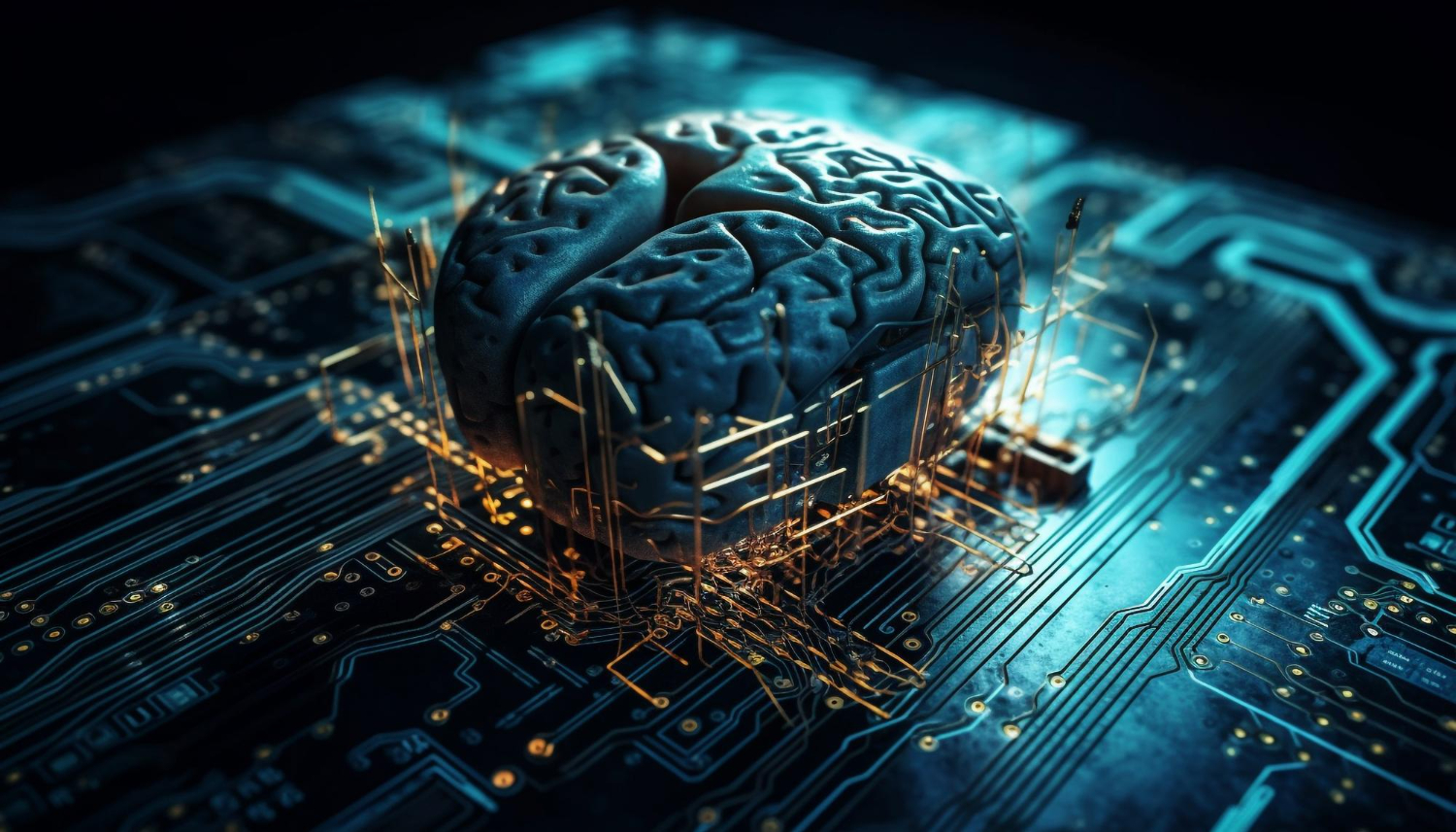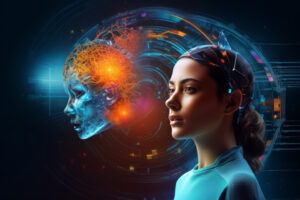Introduction
As the 21st century unfolds, the technological landscape is dominated by the captivating and transformative force of artificial intelligence (AI). This all-encompassing wave of innovation spans across diverse sectors, revolutionizing areas such as health, automobiles, telecommunications, and homes. AI’s influence extends to the reimagining of image generation, video creation, and content development, all within the expansive domains of both Generative AI (GenAI) and Artificial General Intelligence (AGI). This article delves into the intricate tapestry of these cutting-edge technologies, exploring their applications and impact on the evolving landscape of AI.

1.About GenAI and AGI
Artificial General Intelligence (AGI):
AGI stands as the pinnacle of AI aspirations, seeking to replicate the multifaceted intelligence found in humans. It is characterized by a broad spectrum of cognitive abilities, including comprehensive understanding, adaptability, abstract thinking, background knowledge, common sense, and the crucial aspect of transfer learning. AGI’s versatility allows it to proficiently undertake intellectual tasks across diverse domains, promising a level of intelligence that transcends current AI limitations. Notably, contemporary AI systems, exemplified by advanced virtual assistants like GPT-3, exhibit remarkable capabilities but fall short of achieving full human-like comprehension.
Generative AI (GenAI):
GenAI, on the other hand, is intricately designed to craft models that transcend mere automation, venturing into the realm of creativity akin to human ingenuity. While lacking AGI’s all-encompassing understanding and learning capacities, GenAI excels at specific tasks, specializing in content generation across various mediums such as text, images, music, and code. Noteworthy examples of Generative AI in action include Natural Language Processing (NLP) models like GPT-3 and BERT, which showcase its prowess in generating contextually rich and relevant content.
In this exploration of GenAI and AGI, we will uncover their nuances, applications, and implications, shedding light on the forefront of artificial intelligence’s evolution.
2.Relationship between NLP and GenAI and AGI
The interplay between Natural Language Processing (NLP), Generative AI (GenAI), and Artificial General Intelligence (AGI) is evident. further more, NLP, a core AI technology, streamlines human-machine interactions by converting language into executable code. Additionally, GenAI complements NLP, introducing creativity through content generation, spanning text, images, and music. consequently, collectively, NLP and GenAI contribute to the broader pursuit of AGI, where machines strive for comprehensive intelligence, seamlessly bridging communication gaps and generating contextually relevant content. hence, AGI promises to revolutionize the way we interact with machines and shape the future of technology
3.What is the difference between GenAI and AGI?
GenAI:
- Full form: Generative AI
- Capabilities: Creates new content, designs products, translates languages, generates code, writes different kinds of creative text formats, etc.
- Focus: Adaptability and flexibility, able to handle a variety of tasks within a specific domain.
- Intelligence level: Less intelligent than AGI, depends on discerning patterns and utilizing data embedded within its training set, demonstrating a transitional capability towards higher cognitive functions.
- Real-world examples: Chatbots that can converse on various topics, image generators that create artwork based on prompts, text-to-code AI that creates software from natural language descriptions.
AGI :
- Full form: Artificial General Intelligence
- Capabilities: Performs any intellectual task a human can, adapts to new situations, learns and reasons independently, possesses common sense and understanding of the world.
- Focus: Broad human-like intelligence applicable to any problem-solving scenario.
- Intelligence level: Aims to be as intelligent or even more intelligent than humans.
- Current status: Theoretical concept, not yet achieved with existing AI technology.
4.Real-world Applications
GenAI:
- Chat GenAI:
- ChatGpt
- Bing AI
- Google bard
- Image GenAI
- Mid-journey
- Deep AI
- pixlr
- Canva
- Video GenAI
- Synthesia
- Deepbrain AI
- Pictory
- Fliki
AGI:
5.What is the difference between GenAI and machine learning?
The Differences Between GenAI and Machine Learning
While both GenAI and machine learning are branches of AI, they have distinct functions and applications. Machine learning is primarily involved in making predictions based on patterns identified in data, while GenAI focuses on generating new, original content based on learned data patterns. Both have value, but they serve very different niches in a business.
In those business contexts, machine learning can help with predictive analytics, fraud detection, and process automation. GenAI, on the other hand, can help in areas requiring creative output, such as personalized customer experiences, product development, and content creation.
6.Future of AGI and GenAI
The future of AGI and Generative AI is poised for significant advancements. As AI continues to evolve, particularly in chat-based applications, image generation, video creation, and music composition, its transformative impact is becoming increasingly apparent within a short timeframe. Within a year, AI, exemplified by models like ChatGPT, has already demonstrated profound effects.
This rapid progress has led to widespread adoption across various industries. Companies such as Canva and PicsArt are leveraging AI capabilities to enhance their offerings. Consequently, numerous startups and companies are now motivated to develop diverse applications in response to this transformative wave.
This burgeoning landscape heralds a future where AI technologies permeate various sectors, contributing to innovation and growth. The integration of advanced AI models into creative platforms underscores the potential for even more groundbreaking developments in the foreseeable future.
Do you want to know about Python programming? 🐍
Do you want to know about PICO-Technology
conclusion
In simple terms, the partnership between GenAI (generative AI) and AGI (artificial general intelligence) is changing the artificial intelligence (AI) environment. GenAI excels in creative content generation, intricately complementing AGI’s pursuit of human-like intelligence. The interplay of Natural Language Processing (NLP) and GenAI enhances communication, seamlessly generating contextually relevant content. Real-world applications in chatbots, image, and video creation vividly illustrate the rapid progress of AI. This transformative wave is propelling innovation in diverse sectors, exemplified by companies like Canva and PicsArt. The integration of advanced AI models into creative platforms hints at an imminent future where AI permeates industries, fostering both growth and groundbreaking developments.






3 thoughts on “What is the difference between GenAI and AGI?”